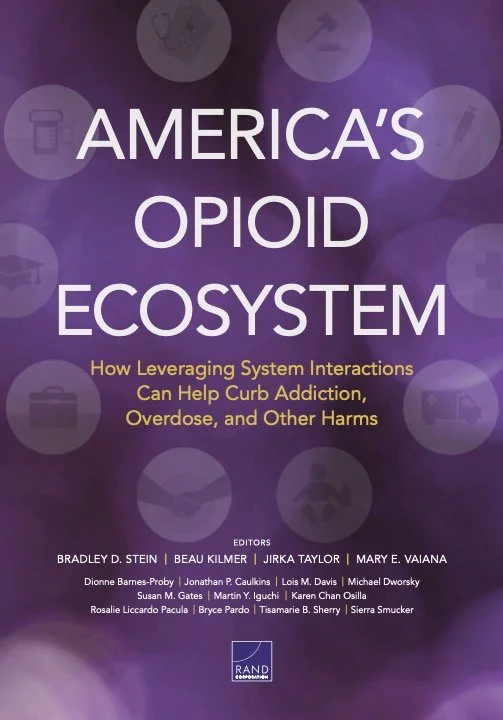By Kelsey S. Henderson, Christopher M. Campbell, Brian Renauer
This report provides the initial findings of Year 1 of a multi-year project to understand the effects of successive drug policy efforts in Oregon, with special focus given to Ballot Measure 110 (M110). In 2021, M110 decriminalized possession of controlled substance (PCS), and effectively downgraded certain quantities of PCS from a misdemeanor to a E-violation (i.e., a citation), resulting in a maximum $100 fine or a completed health assessment. In addition, M110 also earmarked roughly $300 million for local-level treatment and recovery systems. Prior to M110 other statewide changes in policy (e.g., Justice Reinvestment in 2014), law (de-felonization of PCS in 2017), and the COVID-19 lockdown also likely had important impacts on PCS enforcement, prosecution/sentencing, and public safety outcomes. Ultimately, this study will attempt to parse out the individual impacts of these unique events. In Year 1 we set out to gather officer perceptions regarding M110 and other recent policies that may impact law enforcement practices. We report on the general findings from 23 interviews/focus groups representing ten agencies (two state agencies; four Sheriff’s Departments; and four Police Departments), and six different counties (three categorized as “urban” and three categorized as “rural”). The interview data presented here represent officers’ perceptions and decision-making related to drug crimes, among other public safety issues in the state of Oregon. In addition, we include quantitative data trends to compare to officer perceptions of what’s occurring in Oregon. These data include an early examination of statewide trends in law enforcement arrests for PCS; law enforcement stops, searches, and search outcomes; and drug-related deaths. Analyzing the interviews revealed 25 codes of officer perceptions ranging from characteristics of M110 implementation and impacts to community safety and wellbeing.
Portland: Portland State University, 2023. 47p.





















